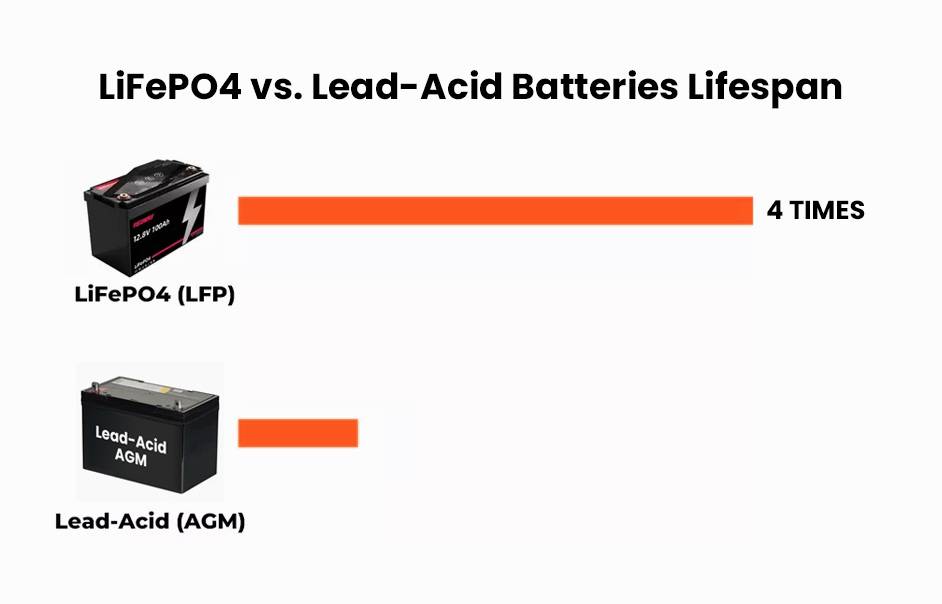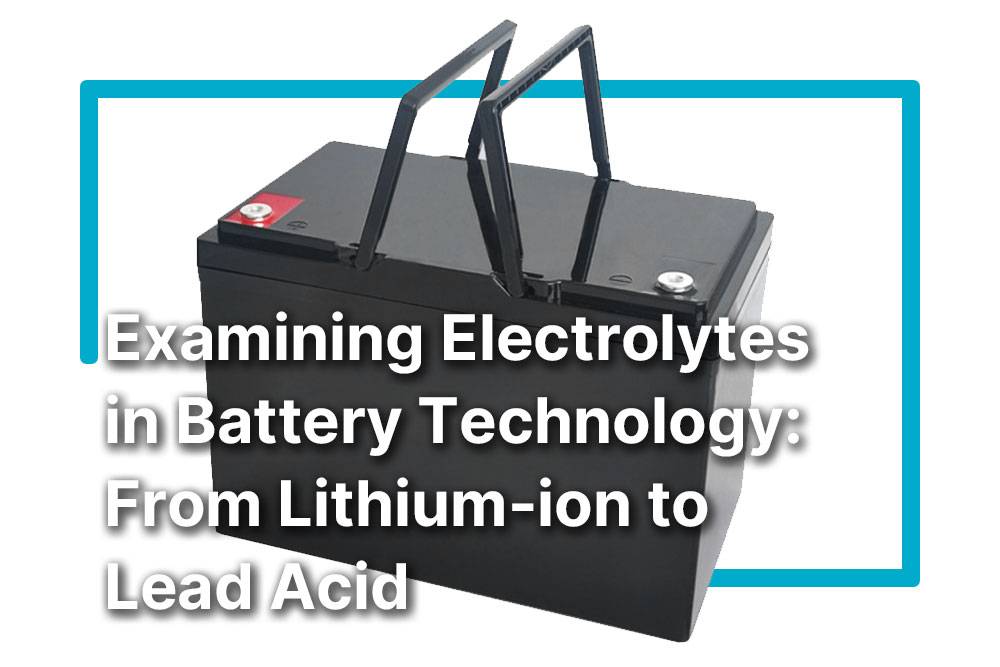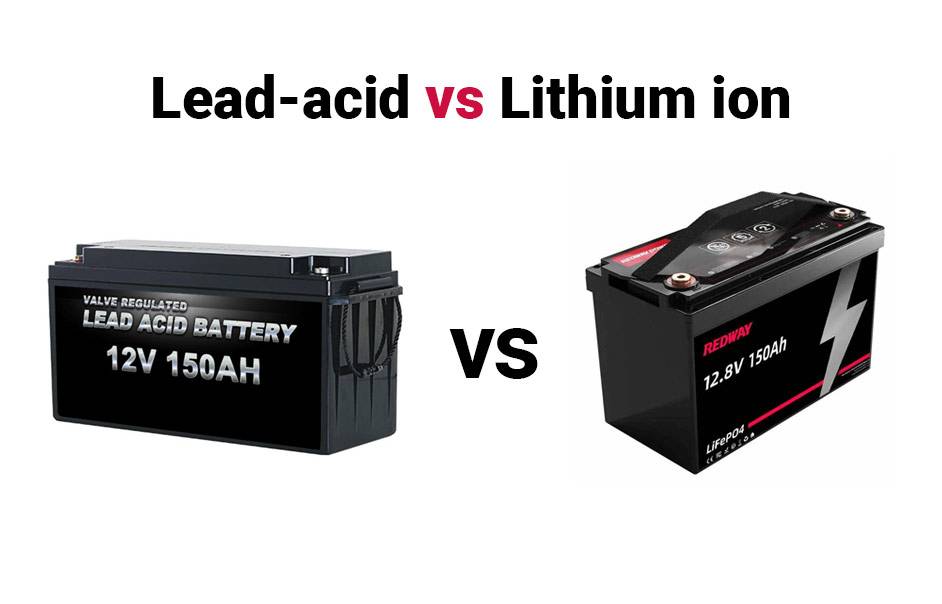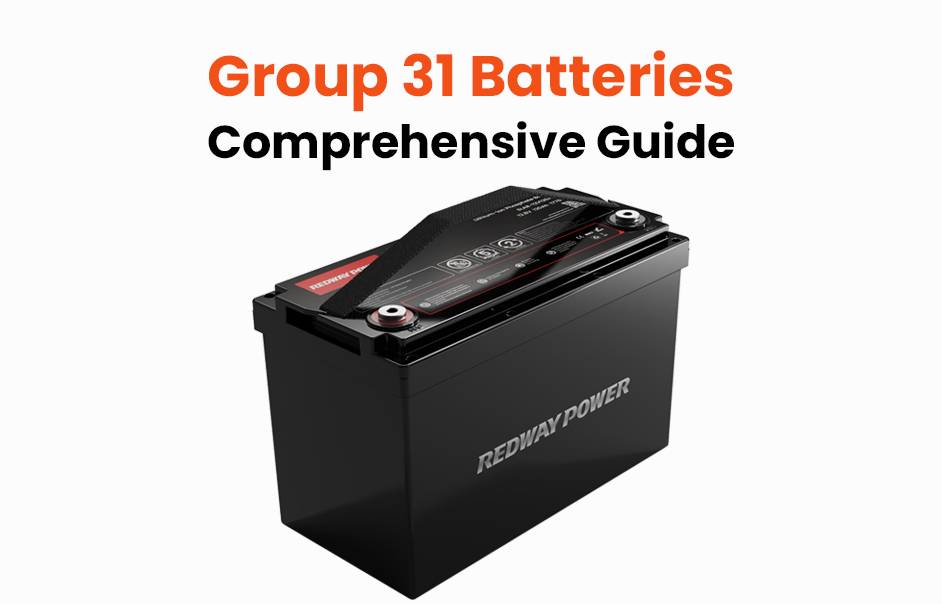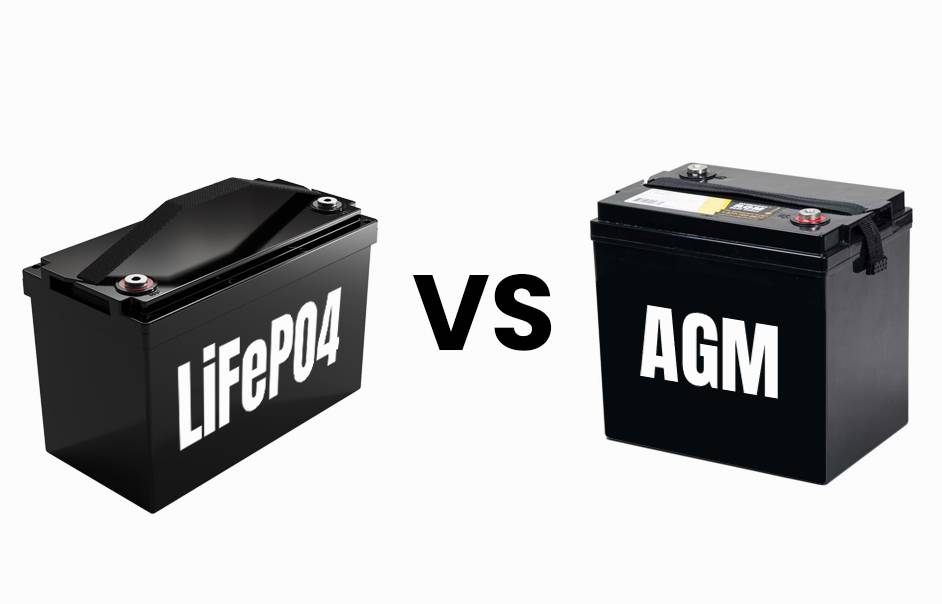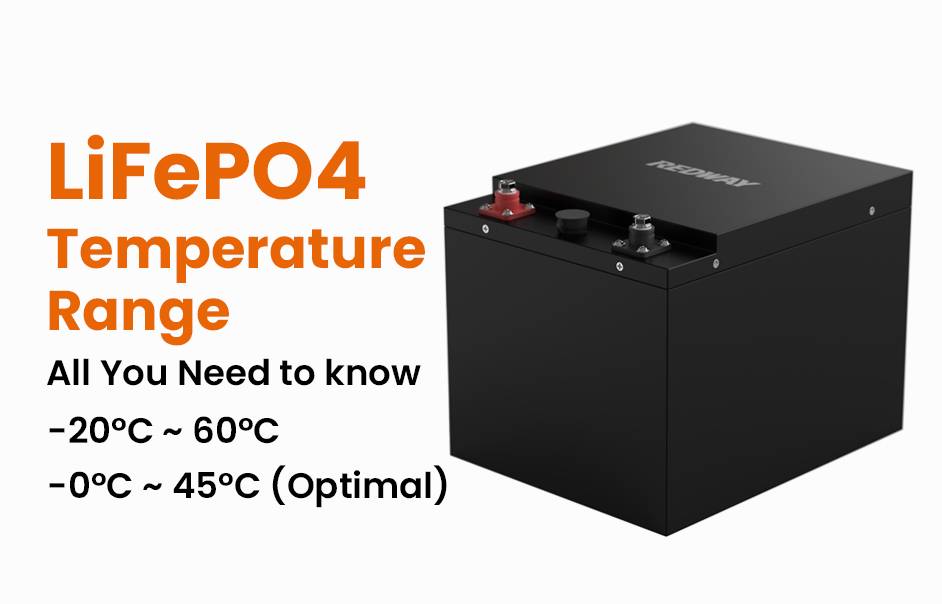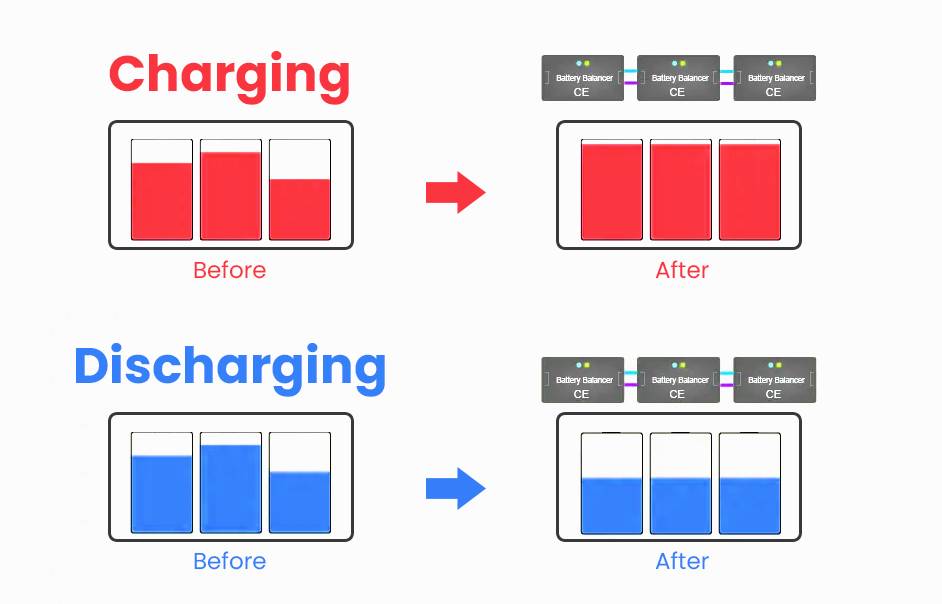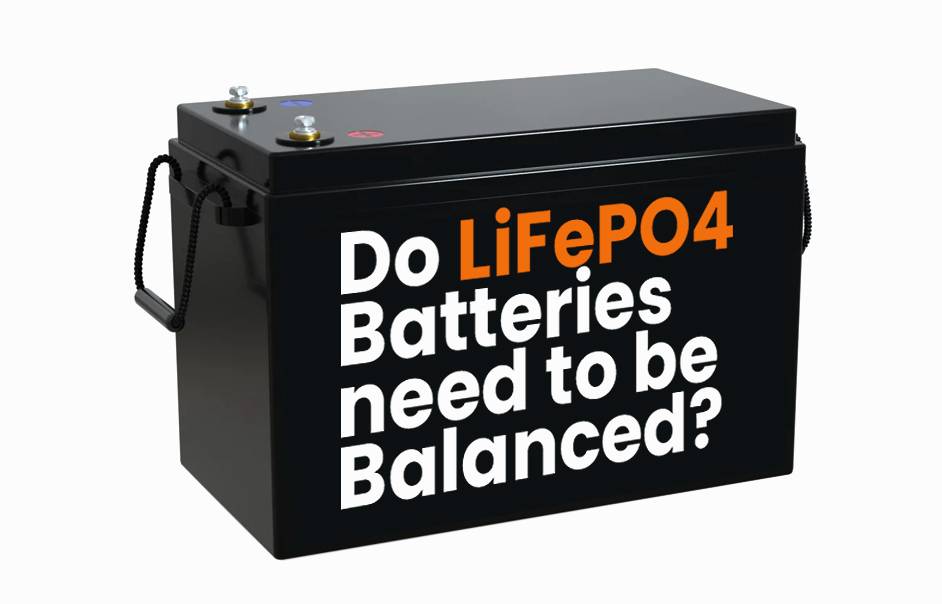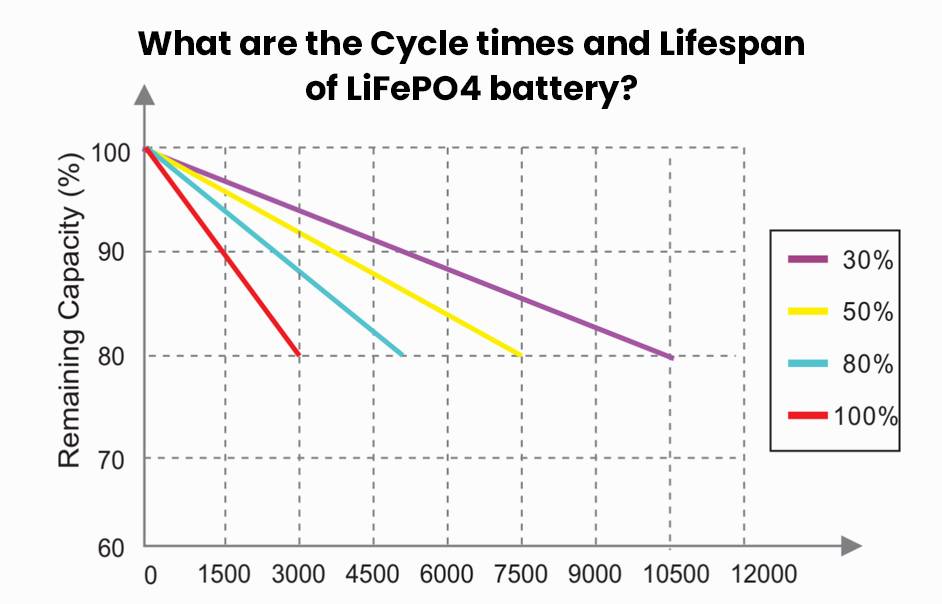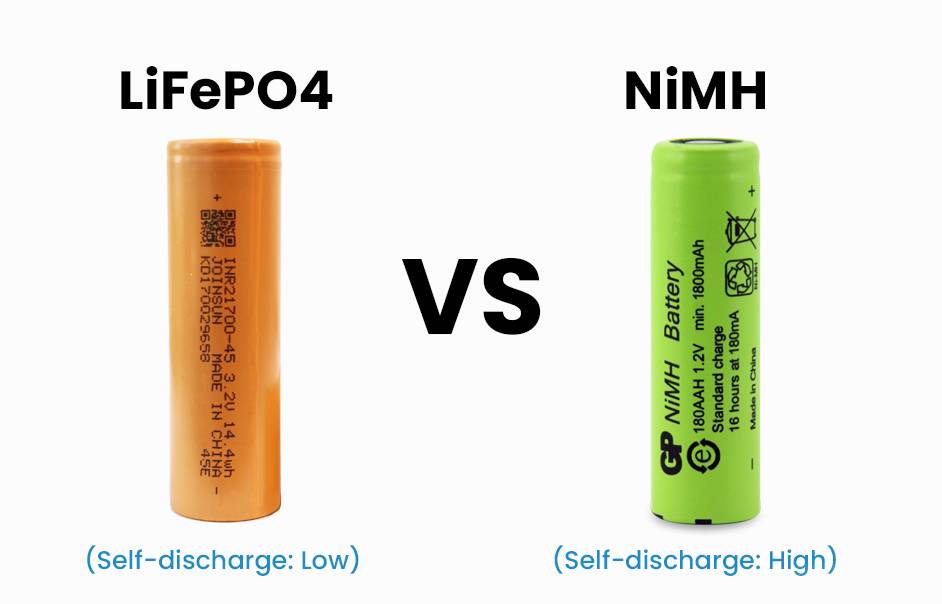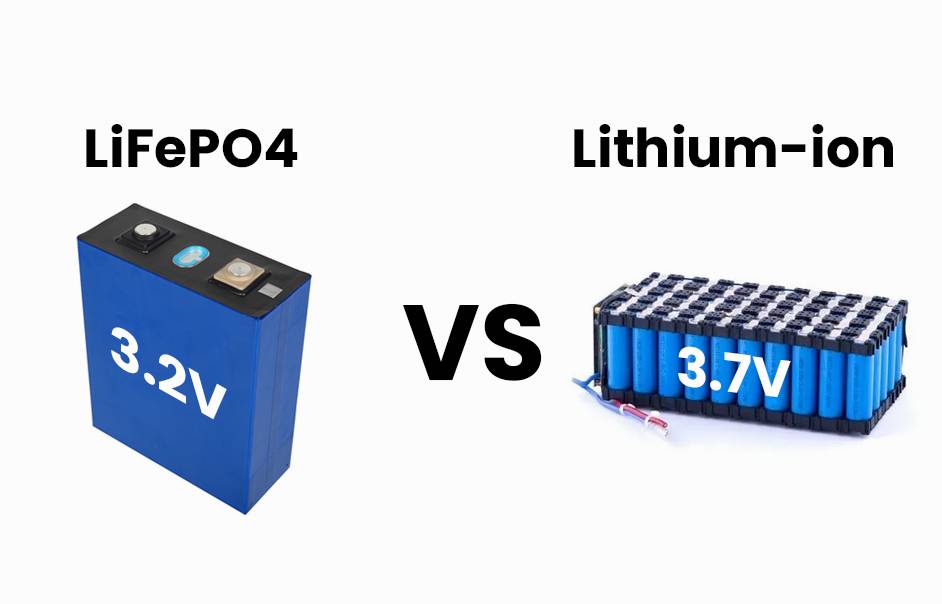- Forklift Lithium Battery
-
48V
- 48V 210Ah
- 48V 300Ah
- 48V 420Ah (949 x 349 x 569 mm)
- 48V 420Ah (950 x 421 x 450 mm)
- 48V 456Ah
- 48V 460Ah (830 x 630 x 590 mm)
- 48V 460Ah (950 x 421 x 450 mm)
- 48V 460Ah (800 x 630 x 600 mm)
- 48V 460Ah (820 x 660 x 470 mm)
- 48V 500Ah
- 48V 560Ah (810 x 630 x 600 mm)
- 48V 560Ah (950 x 592 x 450 mm)
- 48V 600Ah
- 48V 630Ah
-
48V
- Lithium Golf Cart Battery
- 12V Lithium Battery
12V 150Ah Lithium RV Battery
Bluetooth App | BCI Group 31
LiFePO4 Lithium
Discharge Temperature -20°C ~ 65°C
Fast Charger 14.6V 50A
Solar MPPT Charging - 24V Lithium Battery
- 36V Lithium Battery
- 48V Lithium Battery
-
48V LiFePO4 Battery
- 48V 50Ah
- 48V 50Ah (for Golf Carts)
- 48V 60Ah (8D)
- 48V 100Ah (8D)
- 48V 100Ah
- 48V 100Ah (Discharge 100A for Golf Carts)
- 48V 100Ah (Discharge 150A for Golf Carts)
- 48V 100Ah (Discharge 200A for Golf Carts)
- 48V 150Ah (for Golf Carts)
- 48V 160Ah (Discharge 100A for Golf Carts)
- 48V 160Ah (Discharge 160A for Golf Carts)
-
48V LiFePO4 Battery
- 60V Lithium Battery
-
60V LiFePO4 Battery
- 60V 20Ah
- 60V 30Ah
- 60V 50Ah
- 60V 50Ah (Small Size / Side Terminal)
- 60V 100Ah (for Electric Motocycle, Electric Scooter, LSV, AGV)
- 60V 100Ah (for Forklift, AGV, Electric Scooter, Sweeper)
- 60V 150Ah (E-Motocycle / E-Scooter / E-Tricycle / Tour LSV)
- 60V 200Ah (for Forklift, AGV, Electric Scooter, Sweeper)
-
60V LiFePO4 Battery
- 72V~96V Lithium Battery
- Rack-mounted Lithium Battery
- E-Bike Battery
- All-in-One Home-ESS
- Wall-mount Battery ESS
-
Home-ESS Lithium Battery PowerWall
- 24V 100Ah 2.4kWh PW24100-S PowerWall
- 48V 50Ah 2.4kWh PW4850-S PowerWall
- 48V 50Ah 2.56kWh PW5150-S PowerWall
- 48V 100Ah 5.12kWh PW51100-F PowerWall (IP65)
- 48V 100Ah 5.12kWh PW51100-S PowerWall
- 48V 100Ah 5.12kWh PW51100-H PowerWall
- 48V 200Ah 10kWh PW51200-H PowerWall
- 48V 300Ah 15kWh PW51300-H PowerWall
PowerWall 51.2V 100Ah LiFePO4 Lithium Battery
Highly popular in Asia and Eastern Europe.
CE Certification | Home-ESS -
Home-ESS Lithium Battery PowerWall
- Portable Power Stations
How Do LiFePO4 Batteries Compare to Lead-Acid Batteries?
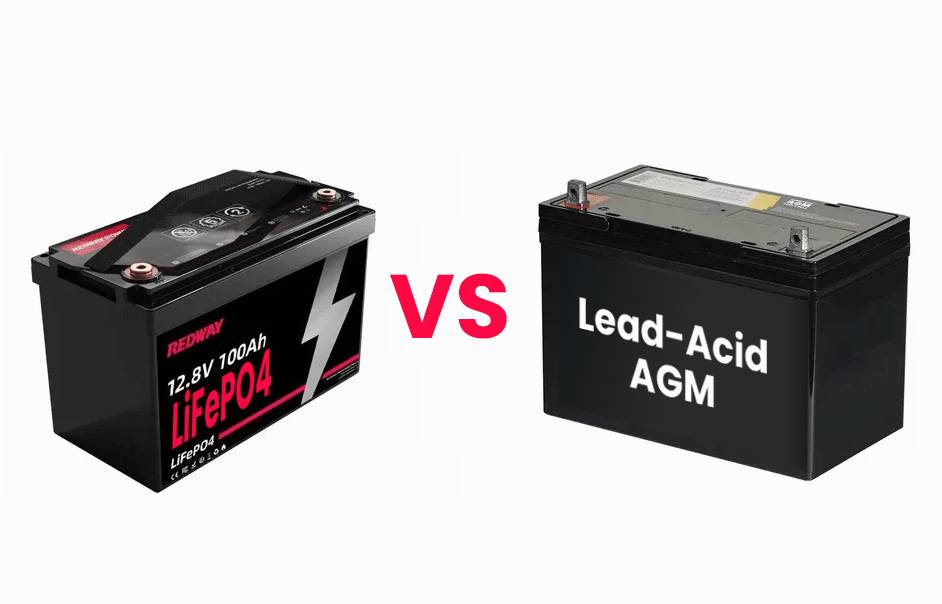
The comparison between LiFePO4 (Lithium Iron Phosphate) batteries and lead-acid batteries reveals significant differences in energy density, cycle life, maintenance requirements, and overall performance. LiFePO4 batteries typically offer higher energy density, longer lifespan, and faster charging times than traditional lead-acid batteries, making them a more efficient choice for many applications.
What Are the Key Differences in Energy Density Between LiFePO4 and Lead-Acid Batteries?
Energy density is a critical factor when evaluating battery performance. LiFePO4 batteries have a higher energy density, typically ranging from 90 to 160 Wh/kg, compared to lead-acid batteries, which usually fall between 30 to 50 Wh/kg. This means that LiFePO4 batteries can store significantly more energy in a smaller and lighter package.Chart: Energy Density Comparison
| Battery Type | Energy Density (Wh/kg) |
|---|---|
| LiFePO4 | 90 – 160 |
| Lead-Acid | 30 – 50 |
How Do LiFePO4 and Lead-Acid Batteries Compare in Cycle Life?
Cycle life refers to the number of charge-discharge cycles a battery can undergo before its capacity significantly degrades. LiFePO4 batteries can typically endure over 4000 cycles, while lead-acid batteries generally last around 500 to 1000 cycles. This extended cycle life makes LiFePO4 batteries a more cost-effective option over time.
What Are the Advantages of Each Battery Type?
Both battery types have their unique advantages:
- LiFePO4 Advantages:
- Higher energy density allows for more compact designs.
- Longer cycle life reduces replacement frequency.
- Faster charging capabilities enhance usability.
- Lower self-discharge rates improve efficiency.
- Lead-Acid Advantages:
- Lower initial cost makes them accessible for various applications.
- Established technology with widespread availability.
- Better performance in extreme cold conditions.
How Do Charging Times Differ Between LiFePO4 and Lead-Acid Batteries?
Charging times vary significantly between these two types of batteries. LiFePO4 batteries can be charged at higher currents, allowing them to reach full capacity in approximately 1 to 3 hours, depending on the charger used. In contrast, lead-acid batteries typically require between 6 to 12 hours for a full charge, making them less efficient for quick applications.
What Are the Maintenance Requirements for Each Battery Type?
Maintenance needs differ greatly between these battery types:
- LiFePO4 Batteries:
- Generally maintenance-free; no need for water addition or regular servicing.
- Periodic checks on terminals for cleanliness and secure connections are recommended.
- Lead-Acid Batteries:
- Require regular maintenance, including checking electrolyte levels and ensuring terminals are clean.
- Need to be kept upright to prevent spills.
How Long Do LiFePO4 Batteries Last Compared to Lead-Acid?
The lifespan of LiFePO4 batteries is considerably longer than that of lead-acid batteries. While lead-acid batteries typically last around 3 to 5 years, LiFePO4 batteries can last between 10 to 15 years, depending on usage patterns and maintenance practices. This longevity contributes significantly to their overall value.
What Are the Cost Implications of Using LiFePO4 vs. Lead-Acid Batteries?
While LiFePO4 batteries have a higher upfront cost—often two to three times that of lead-acid—this initial investment is offset by their longer lifespan and lower maintenance costs. Over time, users may find that switching to LiFePO4 technology results in lower total cost of ownership due to fewer replacements and less maintenance.
How Can OEM Buyers Benefit from Switching to LiFePO4 Batteries?
Tips for Battery Wholesale Buyers:
OEM buyers considering a switch from lead-acid to LiFePO4 batteries should evaluate:
- Performance Needs: Assess if higher energy density and cycle life align with product requirements.
- Cost Analysis: Calculate long-term savings associated with reduced maintenance and replacement frequency.
- Supplier Reliability: Partner with reputable manufacturers like Redway Power, known for high-quality lithium battery solutions with over 13 years of experience.
By understanding these factors, buyers can make informed decisions that enhance their product offerings while optimizing performance.
Redway Power Expert Views
“Transitioning from lead-acid to LiFePO4 technology represents a significant advancement in battery performance,” states an expert from Redway Power. “The benefits of longer lifespan, reduced maintenance, and improved safety make LiFePO4 an attractive option for many applications, particularly where reliability is paramount.”In conclusion, while both LiFePO4 and lead-acid batteries have their respective advantages, the superior energy density, longevity, and efficiency of LiFePO4 batteries make them increasingly popular across various industries. Understanding these differences can guide consumers toward making smarter choices regarding their power solutions.
FAQ Section
- What is the main advantage of LiFePO4 over lead-acid?
The primary advantage is its longer lifespan (10–15 years) compared to lead-acid (3–5 years) along with higher energy density. - Do LiFePO4 batteries require maintenance?
No, they are generally maintenance-free, unlike lead-acid batteries which require regular checks on electrolyte levels. - How quickly can I charge a LiFePO4 battery?
LiFePO4 batteries can be charged within 1 to 3 hours depending on the charger used. - Are there safety concerns with either battery type?
While both types have safety features, LiFePO4 batteries are considered safer due to their stability and lower risk of thermal runaway. - What factors should I consider when choosing between these battery types?
Consider lifespan, maintenance requirements, cost implications, and specific application needs when making your choice.
